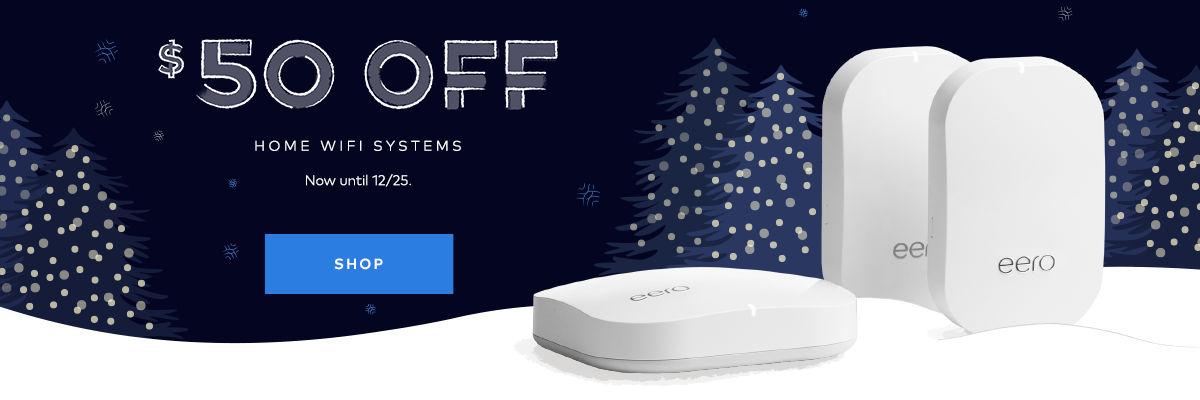We asked experts for their opinion on what the not-so-distant home of the future has in store

The instant food maker and robot housekeeper from “The Jetsons,” food hydrators and in-home produce gardens from “Back to the Future II,” and many more futuristic pop culture predictions have all worked to create a perfect picture of the home of the future. Featuring homes run on robots and elaborate tech contraptions, these shows and movies laid the groundwork for the smart home of today.
Today, smart devices — which communicate with users or other devices and operate somewhat autonomously — are gaining footing in many modern homes. At least 28 percent of American households use smart products, and in the next ten years, the industry is expected to grow to a staggering $350 billion.
But what does the full scope of the smart home look like? How will it operate? What challenges need to be solved before every home becomes connected? We asked experts — each with their own form of tech experience — to share their insights around what to expect from the smart home.
Water use will become more efficient
Water conservation is a hot button issue in the world, which begs the question: how will smart devices help address this problem and make homes more efficient?
“Most people aren’t aware that they lose about 10 percent of their household water to leaks,” says Keri Waters, CEO and founder of Calliope Waterworks. Calliope devices plug into your home water system and report water usage from every faucet and spigot. The mobile app allows homeowners to view and analyze usage data in real time and notifies users when it detects a leak somewhere in the home’s plumbing.
“Most people aren’t aware that they lose about 10 percent of their household water to leaks.”
“We identify those leaks early to reduce damage, but also to help you reduce costs,” Waters explains. “We’ll have this immediate environmental impact without asking people to make behavioral changes.” Their most recent model, which is available for preorder, will even allow users to remotely shut off water to their homes in emergency situations.
Waters anticipates these smart tools will soon also tell you when to replace appliances like your washing machine, as well as advise on how to make your water habits more efficient.

Your home will be more intuitive
Dr. James Canton, a former executive for Apple, is a futurist and CEO of the Institute for Global Futures. He’s also the author of Future Smart: Managing the Game-Changing Trends That Will Transform Your World. According to him, the future of the smart home hinges on the advancement of artificial intelligence:
“[AI will] deliver home health care and security services, remind people to take their medication, help kids with homework, and even advise on energy solutions, online investing and shopping.”
AI will also create what Canton calls, “habitat intelligence.” It will go one step further to identify and advise users on disease and stress management, as well as dietary and exercise habits. “Smart homes will have intuitive awareness about how to engage home dwellers — and their caregivers and families — to support healthy lifestyles.”

Your surroundings will be hyper-responsive, thanks to sensors
Sensors are already used in many different ways, from car bumpers to football helmets. As smart technology continues to evolve, Mark Watabe, head of UX and software engineer at Tulip.co, predicts sensors will become an increasing part of the connected home’s anatomy.
“We will interact with our home in two ways: through explicit intentions (voice, gestures, wearable button clicks) and by responsive passive monitoring (machine learning applied to constant sensor data of the environment and our own biometric data),” Watabe says. “For example, imagine if by bringing my hands together into a meditation pose I could cause my home to enter into meditation mode. Lights dim, phones go into silent mode, and I hear rainfall and garbled coffee shop chatter out of my speakers.” Or, in the case of home fitness equipment, Watabe predicts “your future home gym will give you real time corrections through your headphones and update your 3-D model of your body after every workout.”
“For example, imagine if by bringing my hands together into a meditation pose I could cause my home to enter into meditation mode.”
Watabe sees the 3D sensing impacting the home office as well. “When you combine sensing with state-of-the-art projecting, you can program an ordinary room in really powerful ways,” Watabe explains. An empty wall could be used as a digital whiteboard — similar to what’s being done with the virtual climbing wall project.

Home security only gets better
The discussion of security will undoubtably play a key role in smart tech developments over the next ten years, says Ethan Banks, host and co-founder of the popular networking podcast Packet Pushers. Connected products help make your home more physically secure in many ways. For example, forgetting to lock up when you leave is no longer an issue — with connected door locks, you can do it remotely from an app.
But Banks warns that some connected home devices can be weak spots that attract hackers: “This is not only bad for the [homeowners], but it’s also bad for smart homes.” To keep your home safe, double-check the security standards of any products you purchase, and make sure to keep your WiFi security up to date.
Many internet of things (IoT) developers are already a step ahead, ensuring that if their device is ever hacked it can’t do much damage to you or your home. Nest’s Weave protocol enables smart devices to talk to each other and adds an additional layer of security and encryption. So, as Nest puts it, “a hacker can’t unlock the front door by compromising the patio lights.” Nest isn’t the only company thinking about the security of the smart home — we’ve thought of how to help, too, starting with making sure all these devices actually work on your network.


You must be logged in to post a comment.